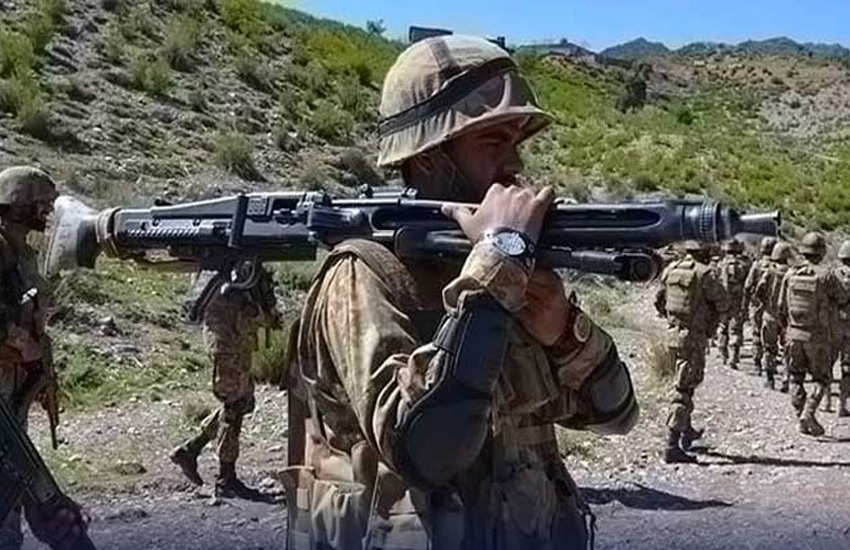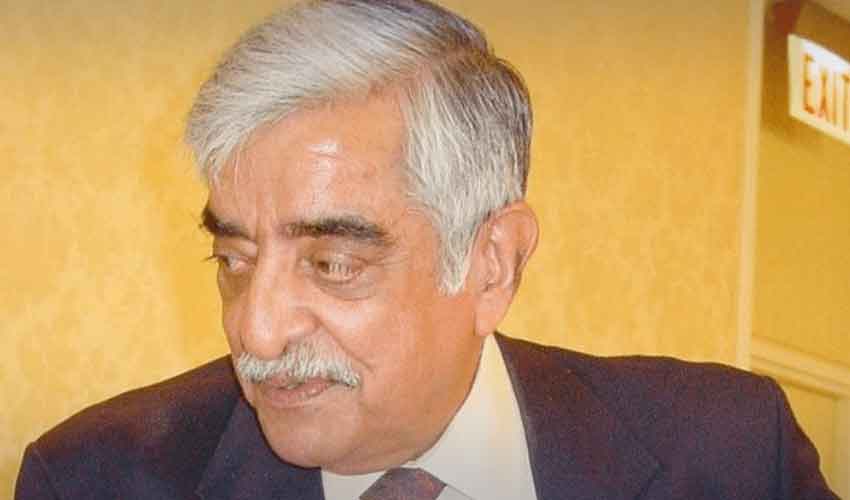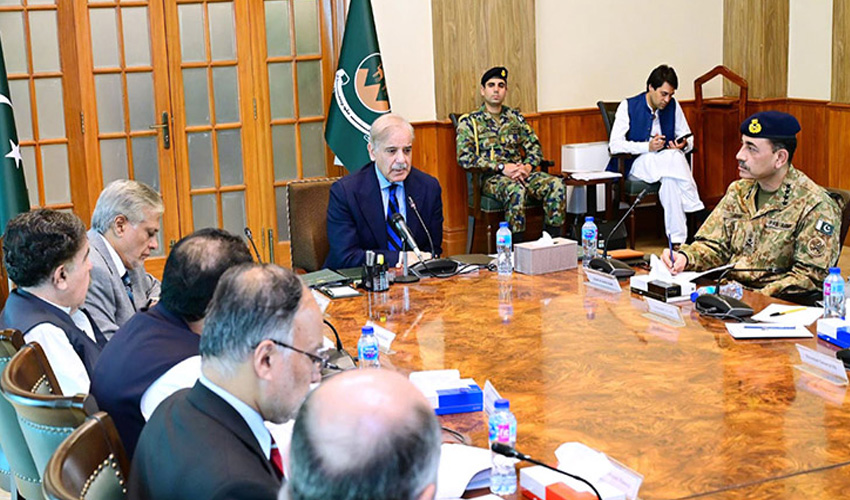The security forces in Balochistan successfully thwarted coordinated terrorist attacks in the Machh area and exposed a scheme to exploit the "missing persons" issue for anti-state propaganda.
Key Points:
- On the night of January 29-30, terrorists attacked Machh and Kolpur areas, but were repelled by law enforcement agencies.
- 24 terrorists were killed, including previously "missing" individuals later identified as attackers.
- Four security personnel and two civilians died in the exchange of fire.
- Security forces identified some slain terrorists as individuals previously reported missing, exposing a manipulation tactic.
- These individuals, Abdul Wadood Stanakzai and Imtiaz Ahmed, were actively involved in anti-state activities despite being portrayed as victims.
- Officials claim anti-national elements and human rights activists associated with the "missing persons" issue often turn a blind eye to terrorist activities, hindering development in Balochistan.
Security Response and Casualties:
The Inter-Services Public Relations (ISPR) reported that law enforcement agencies effectively countered the attacks, killing 24 terrorists in the process. This included Shahzad Baloch, Attaullah, Salahuddin, Abdul Wadood Stanakzai, and Zeeshan, identified as members of banned organizations. The operation also resulted in the martyrdom of four security personnel and two civilians.
Unmasking the "Missing Persons" Propaganda:
A crucial aspect of the operation was the identification of slain terrorists who were previously reported missing. The ISPR highlighted the cases of Abdul Wadood Stanakzai and Imtiaz Ahmed, both listed as missing persons but actively involved in terrorist activities. This revelation sheds light on a potential tactic used by certain groups to exploit the "missing persons" issue for anti-state propaganda.
Addressing Anti-National Narratives:
The ISPR further asserted that elements like Mahrang Baloch, associated with the "missing persons" issue, often fail to condemn terrorist activities linked to banned organizations like the Balochistan Liberation Army. They allege these individuals, motivated by external forces, seek to hinder development in Balochistan by spreading unrest and confusion.
The report also cites the confession of Sarfaraz Bangalzai, a former member of the Balochistan National Army, who acknowledged the manipulation of innocent lives by "anti-national elements" for personal gain.
Conclusion:
The successful counter-terrorism operation in Balochistan highlights the ongoing fight against such activities. However, the incident also emphasizes the need to address the misuse of sensitive issues like "missing persons" for propaganda purposes. Bringing transparency and accountability to such tactics is crucial for ensuring peace and development in the region.



























